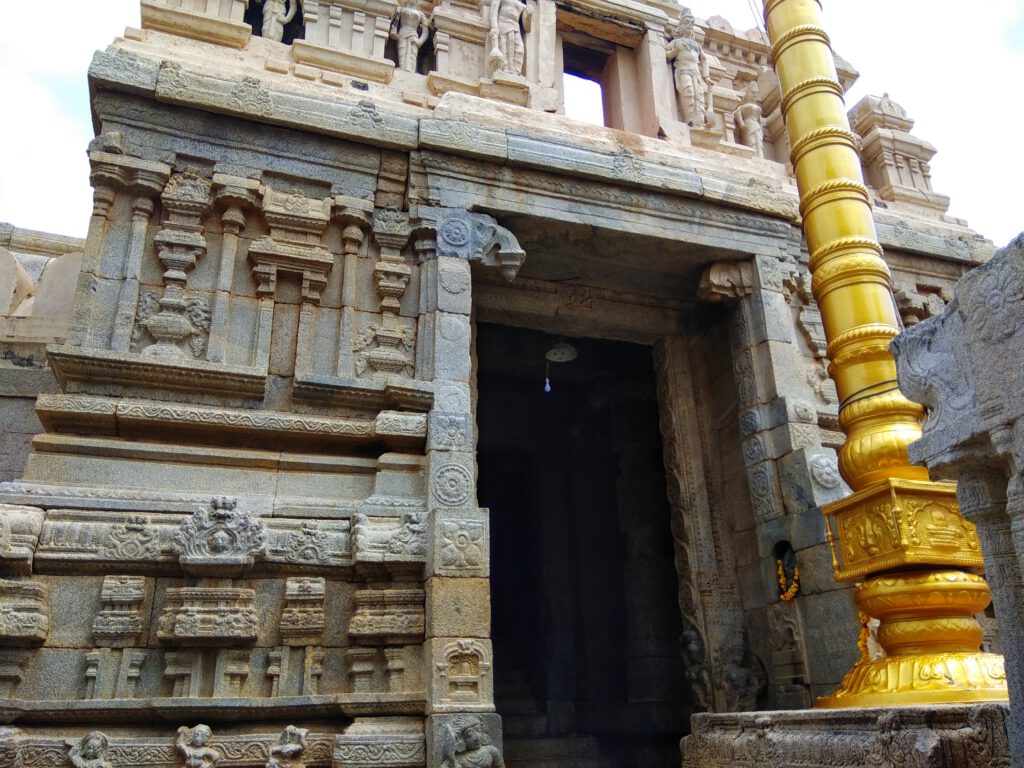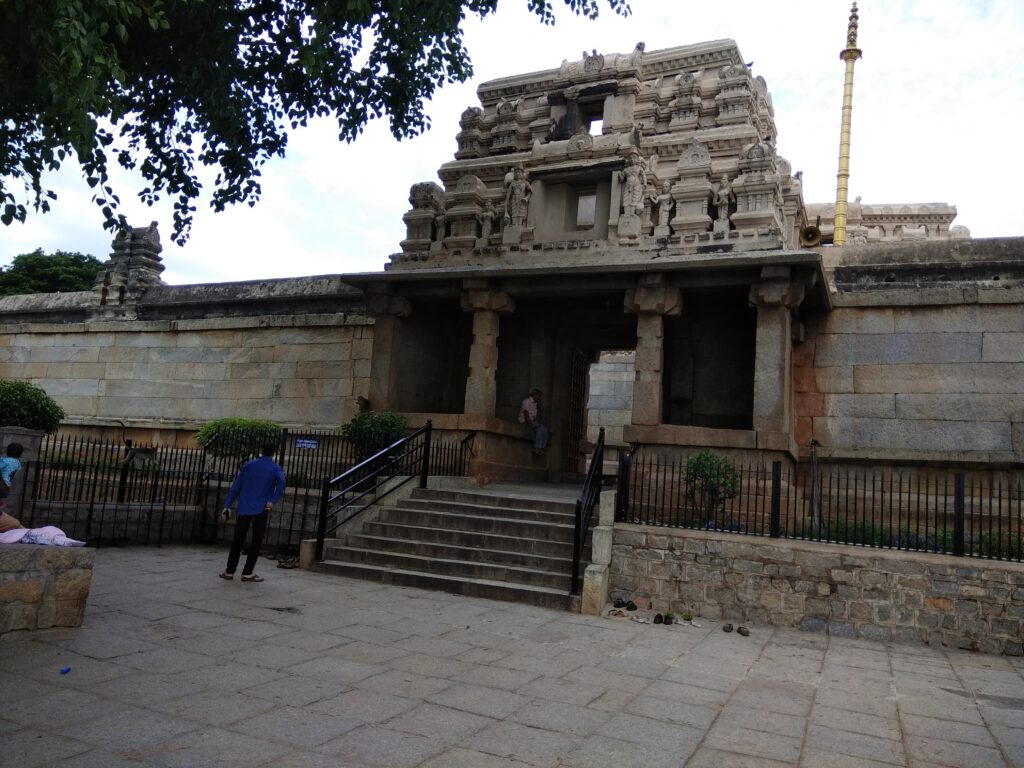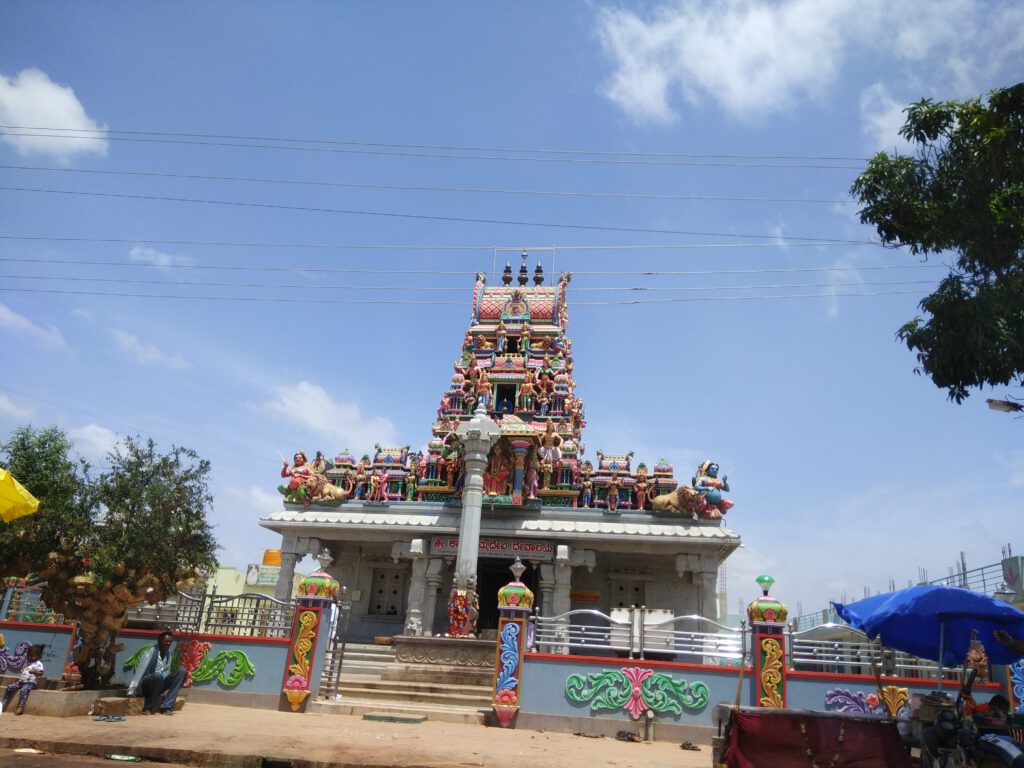Lepakshi- Lepakshi is a cultural and architectural wonderland that may be found in the Anantapur district of Andhra Pradesh, India. This small village is well-known for its rich heritage and historical significance, making it a popular tourist destination for those who enjoy history. It is located approximately 120 kilometers north of Bangalore. Here are some of Lepakshi’s salient features and areas of expertise:
Veerabhadra Temple- The crown jewel of Lepakshi, the Veerabhadra Temple is renowned for its magnificent architecture and detailed carvings. Constructed during the Vijayanagara Empire in the sixteenth century, the temple honors Veerabhadra, a ferocious avatar of Lord Shiva. Among the temple’s magnificent architectural features are:
Hanging Pillar: Seemingly defying gravity, the hanging pillar is one of the temple’s main attractions. It is partially above the ground and can be covered with a little piece of paper.
Beautiful Sculptures: The temple is decorated with beautiful sculptures and carvings that represent a variety of legendary figures and gods.
Mural Paintings: Vibrant murals depicting episodes from the Ramayana, Mahabharata, and other Hindu epics decorate the temple’s ceilings.
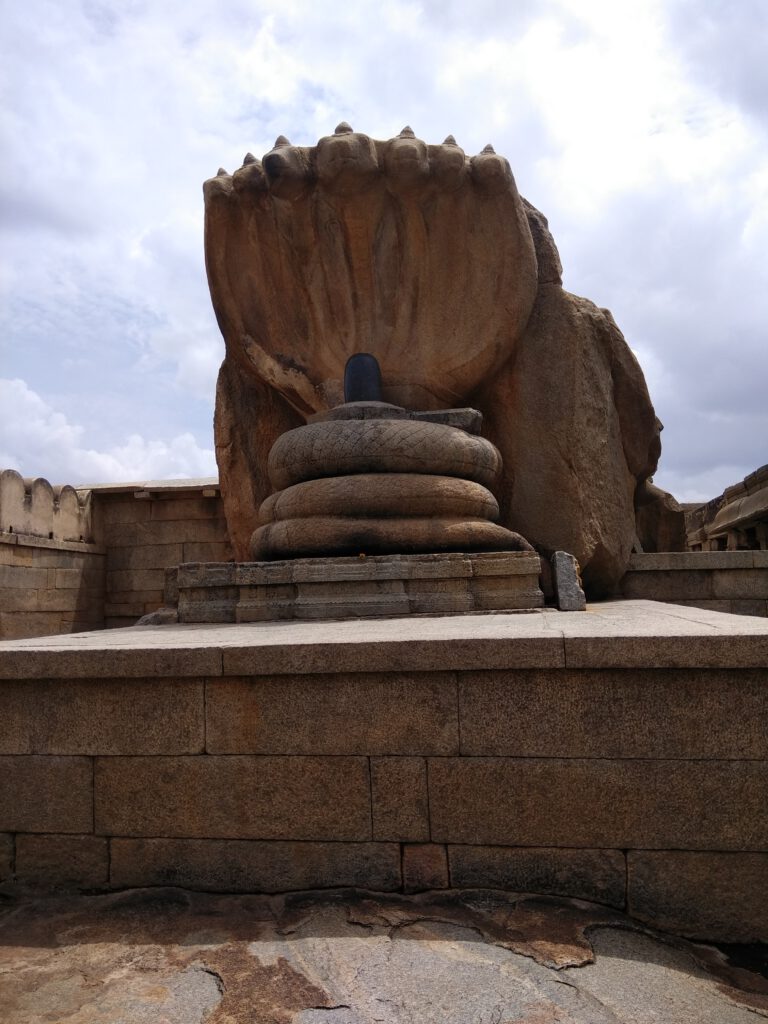
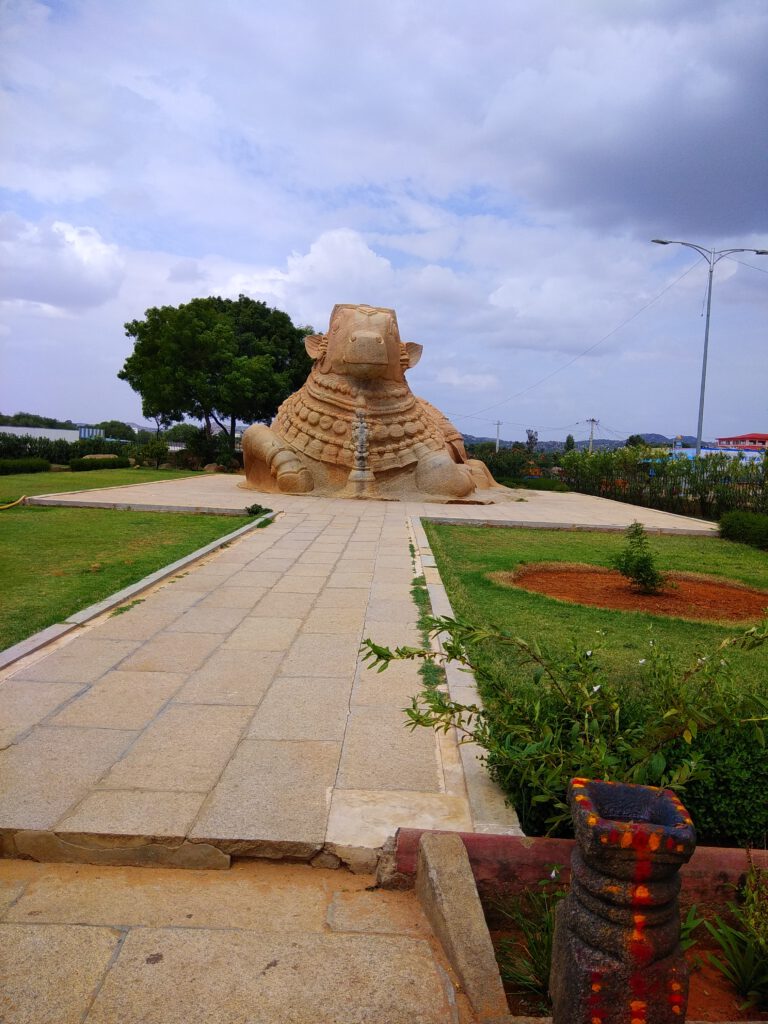
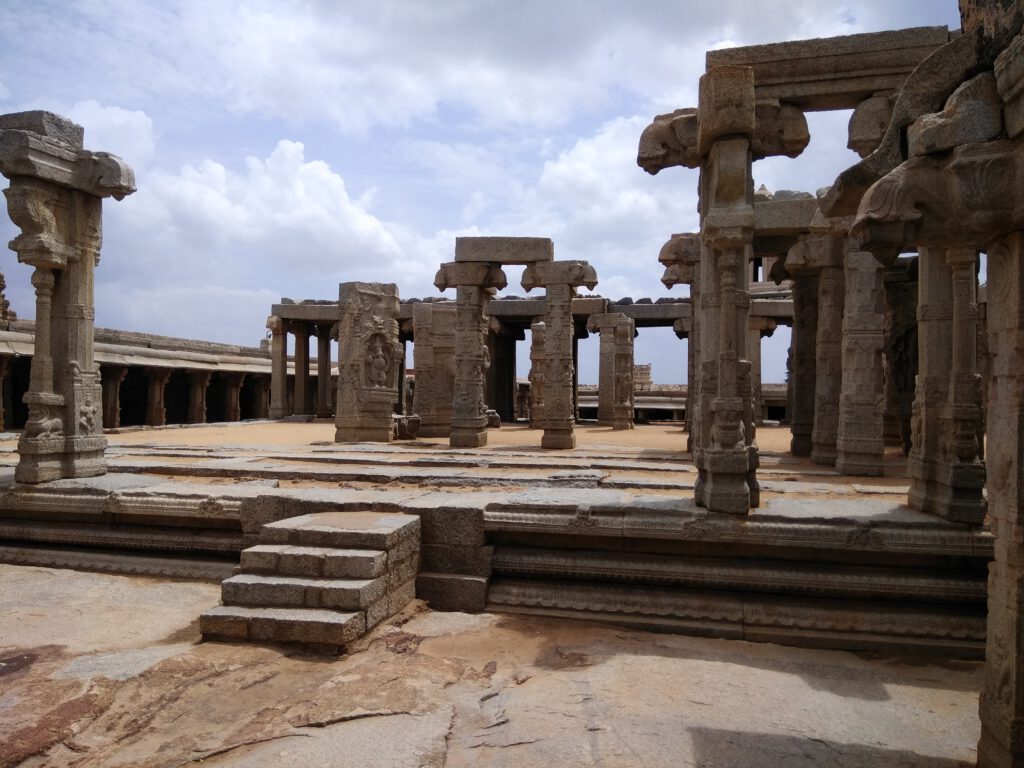
Nandi Statue- One of the biggest monolithic Nandi (bull) statues in all of India is located at Lepakshi. This enormous monument is roughly 20 feet tall and 27 feet long, and it is carved out of a single granite stone. It is a magnificent illustration of Vijayanagara craftsmanship and faces the Veerabhadra Temple.
The Lepakshi Footprint- The enormous footprint discovered next to the Veerabhadra Temple is another remarkable aspect of Lepakshi. Legends from the area claim that Sita, Lord Rama’s wife, left this footprint, giving the location further mythological significance.
Local Legends- In Andhra Pradesh’s cultural heritage, Lepakshi is significant. The Andhra Pradesh government organizes the annual Lepakshi festival, which attracts tourists from over the nation with cultural events, traditional dances, and musical performances honoring the village’s legacy.
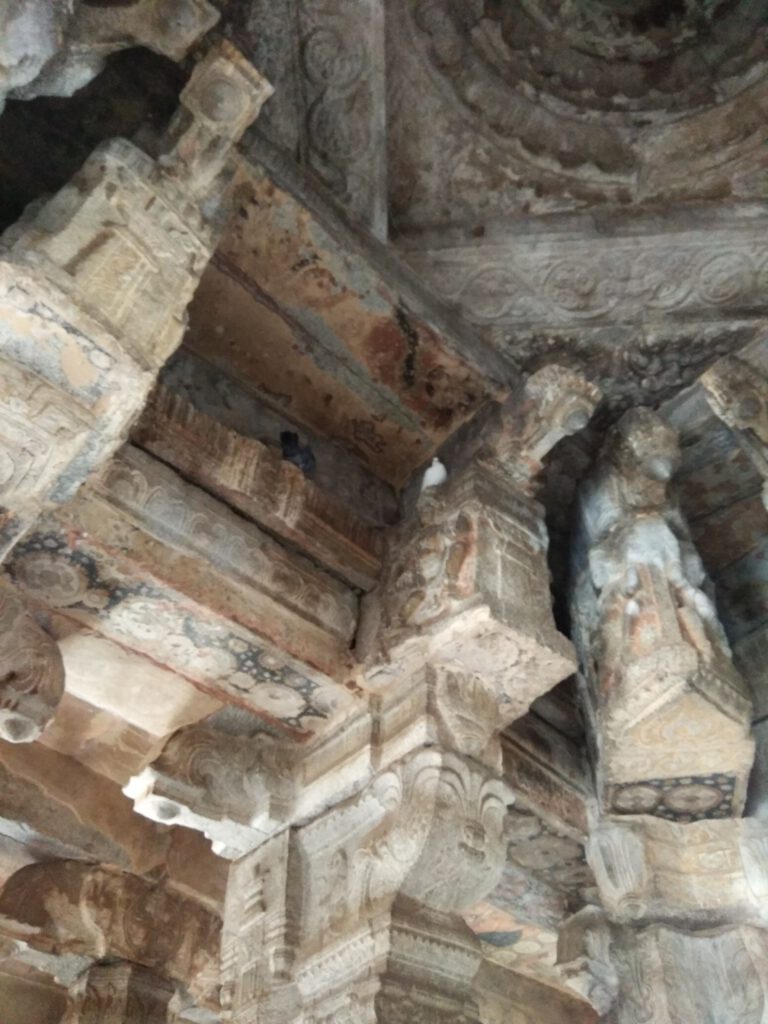
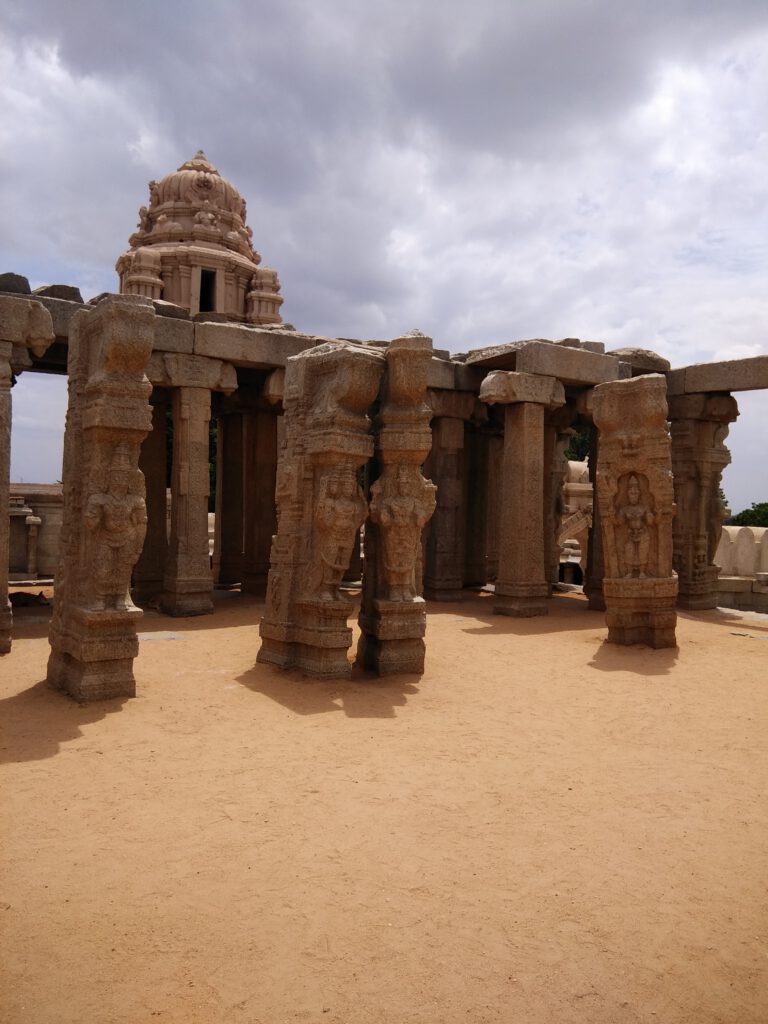
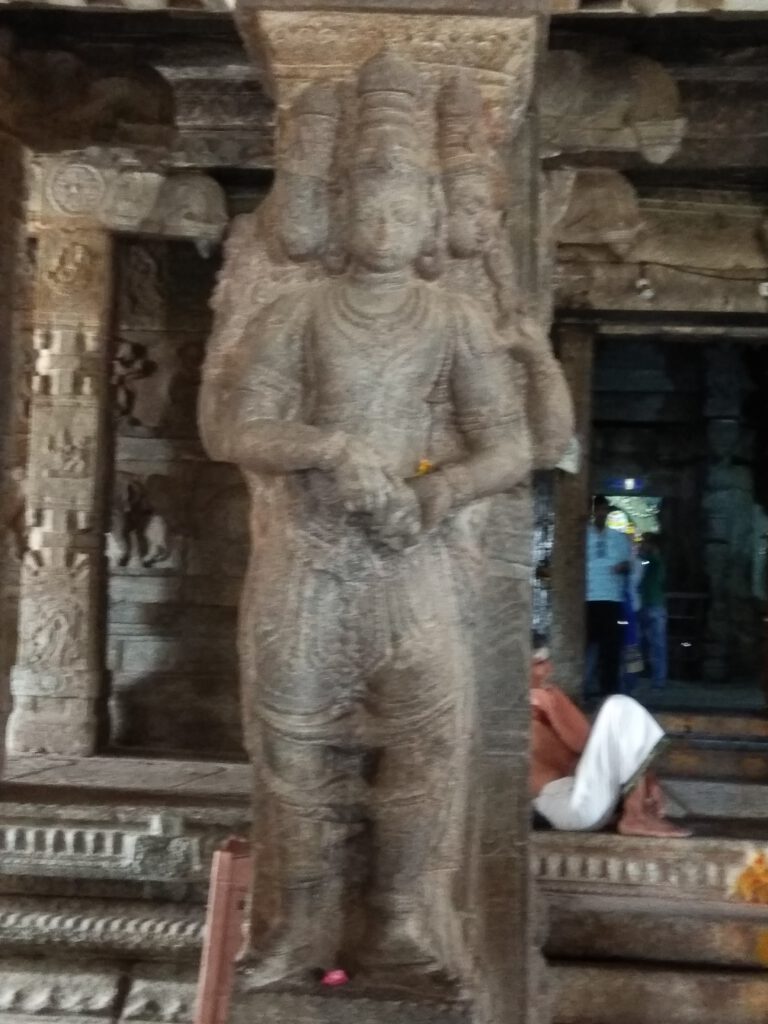
Special Andhra Pradeshi and Lepakshi Food😉😊🍗🍚
Pulihora: A common dish in Andhra cuisine, Pulihora is sometimes referred to as tamarind rice. Its flavor is acidic and delicious, achieved by combining rice, peanuts, curry leaves, tamarind paste, and various spices.
Andhra Chicken Curry: Often eaten with rice or roti, Andhra chicken curry is a rich and savory dish that is cooked with a blend of aromatic spices and coconut. It is known for its intense heat level.
Gongura Pachadi: Andhra cuisine’s gondura leaves, also known as sorrel, are used in gondura pavada. These leaves are combined with chilies and spices to make the tart chutney gongura pachadi. Rice and ghee are typically served with it as a side dish.
Pesarattu: Green Gram (moong dal) is used to make this kind of dosa. It is a traditional breakfast dish in Andhra Pradesh and is typically served with ginger chutney.
Andhra Fish Curry: This curry, which uses fresh fish from the area, is well-known for its potent flavors, which are attained by combining tamarind, chili powder, and other conventional spices.
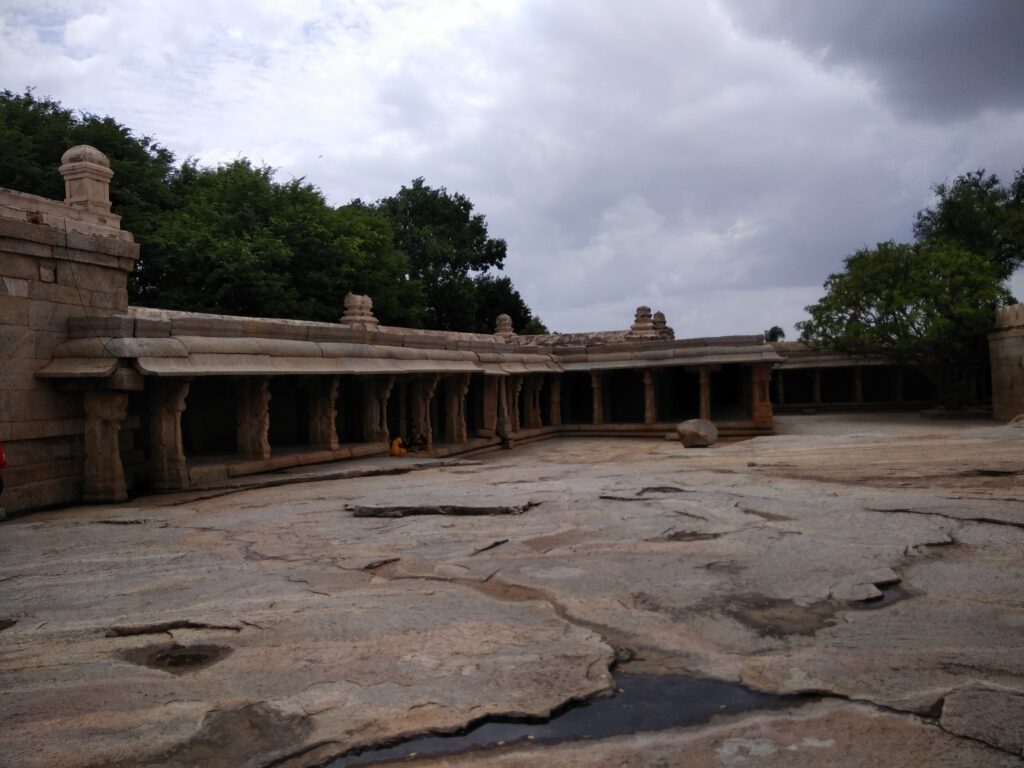
Special Sweets of Lepakshi and Andhra Pradesh:🍮🍪😋😊
Pootharekulu: Because of its paper-thin layers, this traditional Andhra Pradeshi dessert is also referred to as a paper sweet. Made with sugar, ghee, and rice starch, it’s a tasty and delicate dessert.
Ariselu: A deep-fried rice flour and jaggery confection with a crunchy outside and a soft interior, ariselu is a popular festival treat. It’s a popular treat during occasions like Sankranti.
Bobbatlu: A sweet flatbread filled with a blend of chana dal, jaggery, and cardamom, Bobbatlu is also known as Puran Poli or Holige in other areas of India. It is frequently prepared for festivals and other special events.
Kakinada Kaaja: This layered, syrupy treat, which originated in the Andhra Pradesh town of Kakinada, is made from sugar syrup and maida (refined flour).
Sunnundalu: These are traditional laddus prepared by combining roasted black gram flour (urad dal) with sugar or jaggery and ghee. They are prepared frequently for festivals and special events, and they are tasty and healthful.
